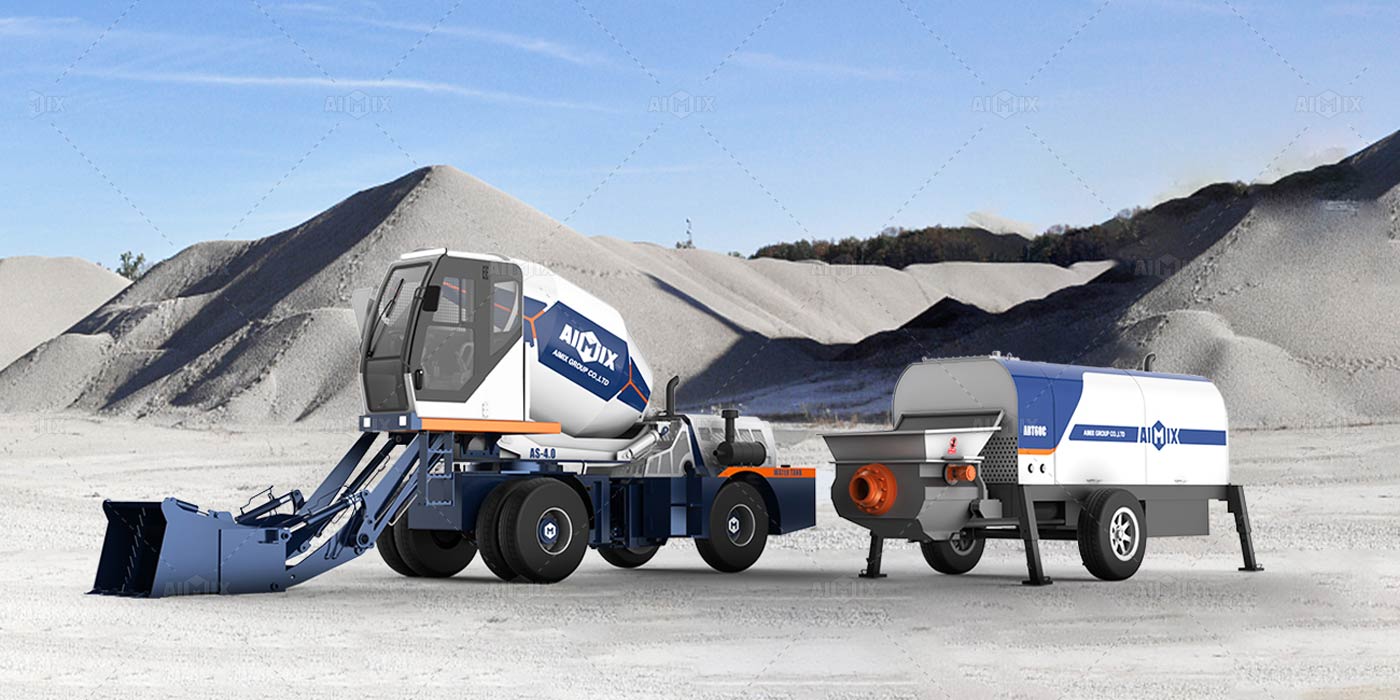Learn effective strategies for producing and pumping concrete in retaining wall construction. Maximize efficiency and quality with our comprehensive guide.

Retaining wall projects demand more than just structural strength—they require precise concrete supply, steady pumping performance, and a smooth workflow from batching to placement. For contractors in Indonesia and other developing construction markets, the challenge is finding the most efficient and cost-effective way to manage both concrete production and pumping, especially on confined job sites or sloped terrain. So, what’s the best solution? Let’s explore practical approaches tailored for retaining wall construction.

Retaining walls are critical for soil stabilization, slope management, and property protection. Whether you're building in residential zones, along roadsides, or in hilly areas, these projects demand consistent concrete quality and timely placement.
Unlike flat foundation pours, retaining wall construction often happens in tight, elevated areas. You can’t always bring in large equipment. And because the pour isn't always continuous, concrete needs to be delivered in manageable, timely batches.
Walls can range from 1 to 5 meters high—or more. That means your equipment must handle vertical pumping without loss of flow or quality. The farther and higher the concrete needs to go, the more critical your pump selection becomes.
Given these challenges, many contractors look for an integrated solution that can both produce and pump concrete on-site with flexibility and precision.

One of the most efficient and widely adopted solutions for retaining wall construction today is the concrete mixer pump. This pompa mixer beton combines a concrete mixer and a concrete pump into a single mobile unit, making it ideal for medium-volume retaining wall projects.
The mixer pump allows you to produce fresh concrete directly on-site and pump it to the wall location without needing separate machinery. No transit mixers. No stationary pumps with long pipelines. Just one compact unit that does both jobs—seamlessly.
For retaining walls between 100 m³ to 300 m³ of total concrete volume, the 30 m³/h and 40 m³/h mixer pump models are a smart investment—compact enough to maneuver on tight sites, yet powerful enough to keep up with daily work progress.

While the mixer pump offers an all-in-one solution, some retaining wall jobs may take place in extremely remote or mountainous locations without access to ready-mix or water sources. In these cases, a self-loading concrete mixer becomes a reliable choice.
This self mixer acts as a mobile batching plant. It loads, mixes, transports, and discharges concrete—all by itself. You can even equip it with a trailer pump to handle concrete placement over distances or up elevations. This setup gives full control over concrete quality, even in areas with no electricity or batching plant nearby.
Moreover, if your retaining wall project spans a long stretch, such as along a hill slope or road embankment, the mobility of a self-loading mixer is a huge advantage.

To match the right equipment to your project, consider the following:
Each job site is different. But once you evaluate these factors, the choice becomes clearer—and your workflow, smoother.
Over the past decade, we’ve helped hundreds of construction teams in Indonesia build reliable retaining walls—both small-scale residential and large infrastructure support. Our concrete mixer pumps and self-loading mixers are widely used in Medan, Surabaya, Java, Sulawesi, and beyond.
What sets AIMIX apart is not just the equipment quality—it’s the local service, fast delivery, and tailored support. With engineers and spare parts warehouses in Indonesia, we ensure your project runs smoothly, from delivery to training and after-sales support.

If you’re planning a retaining wall project and want a solution that’s practical, efficient, and proven on real sites across Indonesia, AIMIX is here to help. Whether you need a 40 m³/h mixer pump or a 3.5 m³ self-loading mixer with trailer pump combo, we’ll match the right equipment to your needs.
Contact us today to discuss your project. Let’s build something that lasts—together.